14 things to look for when buying a used car
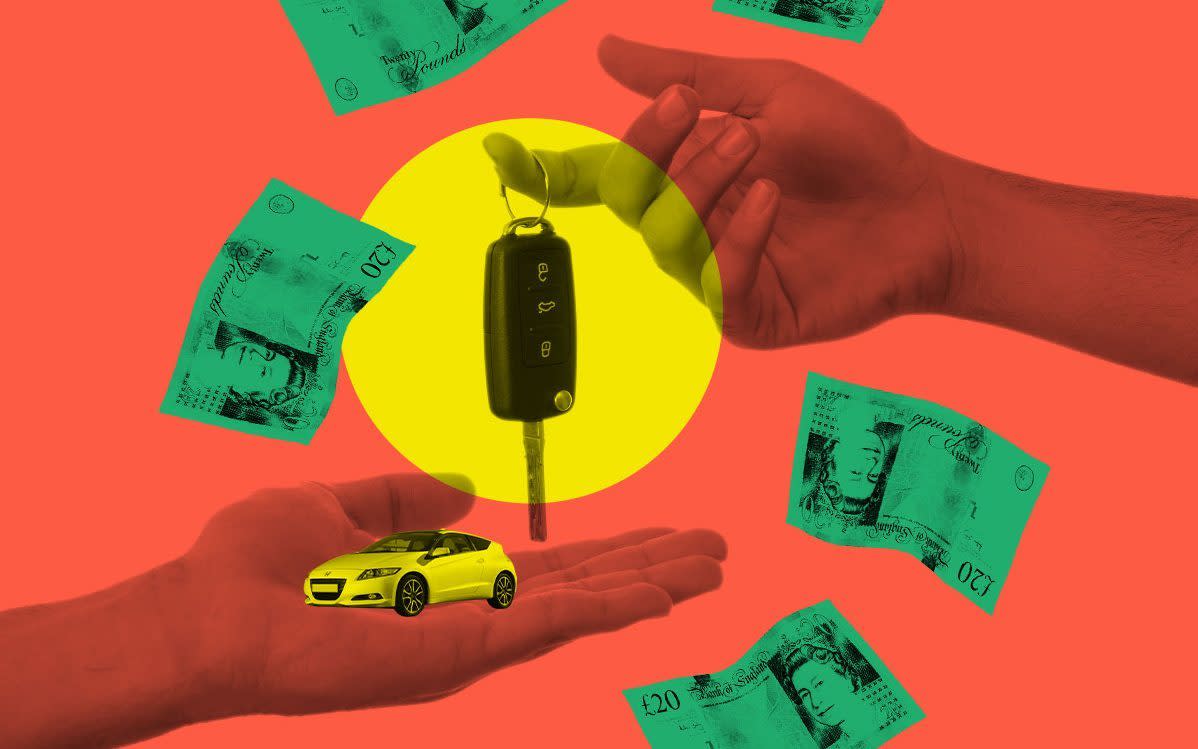
With used cars in high demand at the moment as supplies of new cars grind to a halt, prices are on the rise – so if you’re in the market, you’ll want to be doubly sure you’re getting a good car for your money, and avoid being taken for a ride.
To do that, it’s important to be aware of what to look for. The good news is that there’s a wealth of tools at your disposal, as well as some tips and tricks you can employ, to work out whether the car you’re thinking of buying is a good bet.
Some of these checks can even be made from home, to save you wasting your time and money visiting cars that turn out to be duds. Others will need to be carried out when you inspect and test-drive the car in person, but can help you to sort the wheat from the considerable amount of used car chaff there is on the market these days.
So before you go any further, cast your eyes over our guide to the most important things to check and think about when buying a used car.
Before you leave home
Read up and research
Spend a bit of time reading about the used car you want to buy before you even think about seeing one. Check online to find buying guides, which should list the most important aspects of that car to check, and investigate the car’s reliability reputation. You can do this by looking at reliability surveys, in which owners write in to detail their experiences with their cars, and also checking websites which specialise in recording details of used car faults.

It’s also a good idea to spend some time looking at the prices of cars that are currently for sale, taking time to note their mileages, histories and general condition, so that you can get an idea of what a good deal looks like.
Check your post-purchase costs won’t be too high
Having enough money to buy the car you want is one thing; having enough to keep it going is another. So it’s important to research the sorts of costs the car you’re looking at will incur after you’ve bought it.
Get insurance quotes to check your premiums won’t be sky-high; find out the fuel consumption so that you can work out how much you’ll spend on fuel each month. And double-check that the model you want isn’t going to cost you the earth to tax (Vehicle Excise Duty, or VED), either.
Find out the MOT history
Nowadays, you can check how long a car has left on its MOT with nothing but the registration plate. That means as long as the seller has left the plates visible in the photos, you can work out how long is left on the MOT – and if not, don’t be afraid to phone and ask for the car’s registration.
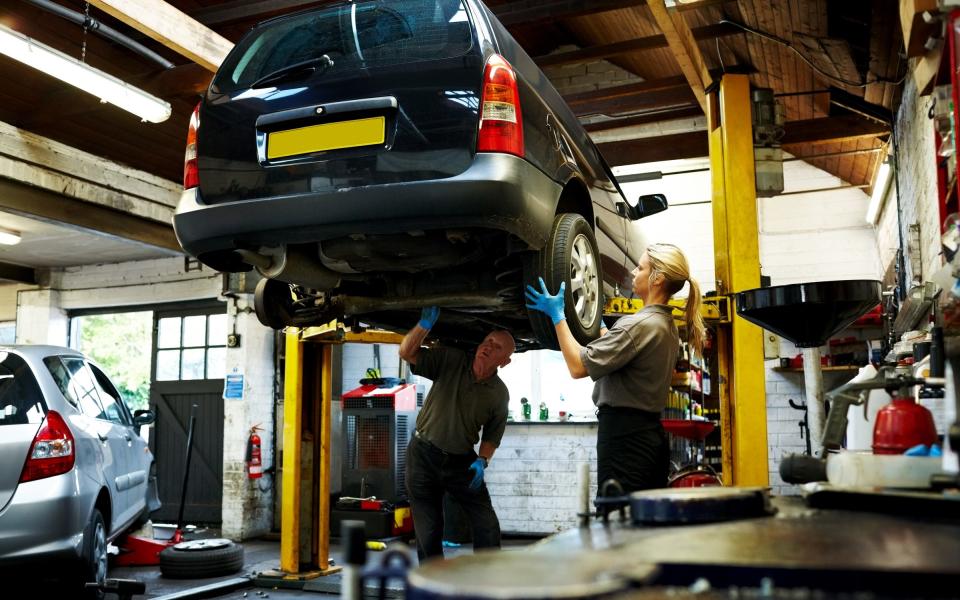
More importantly, though, you can also find out the car’s MOT history – which is to say whether it’s passed or failed its last few MOTs. And while it isn’t a hard-and-fast guide, this can at least give you an idea of whether the car has been reliable and how well it’s been maintained; a past with a litany of failures and repairs doesn’t bode well; by contrast, a series of passes with only a couple of very minor advisories, or even none, is a good sign.
Carry out a car data check
It’s also important to find out whether the car you’re thinking of going to see has a hidden past. A good car data check can cost as little as £10, but it can reveal all sorts of important information – for example, whether the car has any outstanding finance, whether it’s been written off in the past, and of course, whether the mileage looks genuine.
When you inspect the car
Do your detective work
Obviously it’s important to check the car for crash damage, kerbing or scratches, but also worth keeping in mind that these things are generally pretty easy for a dealer to fix, which means you often have to look more carefully to assess how well a car’s been treated. Don’t be fooled by shiny paintwork alone.
You can, however, use a finger to check panel gaps from one side of the car to the other – if there are big differences, it’s a warning sign that the car has been repaired after a collision, and that this might not have been done well.
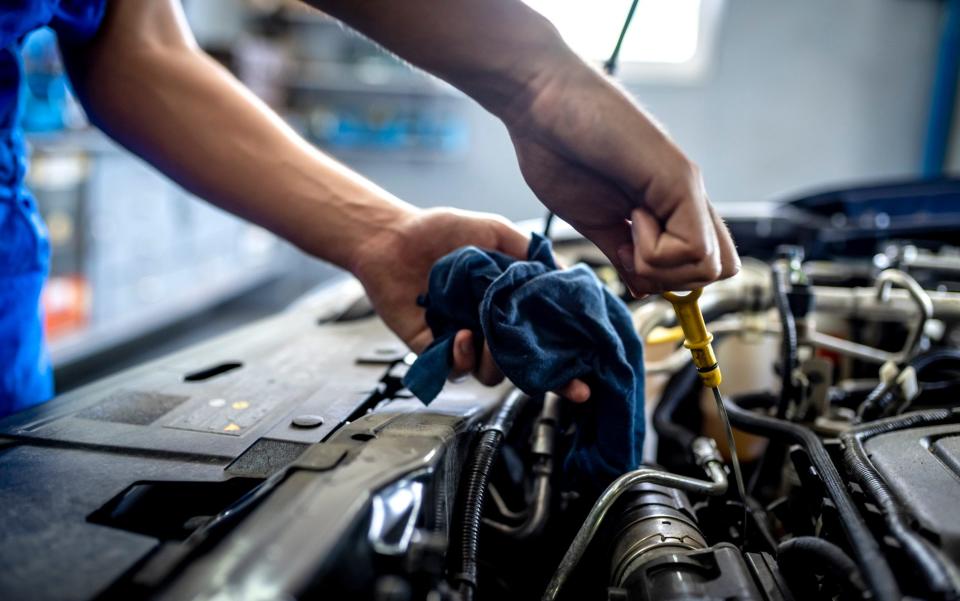
The interior is a better way of assessing how careful a car’s previous owners have been. Look for obvious wear and tear signs: torn or split seats, a grimy headlining, and grubby or worn-out switchgear, for example, are harder to repair than minor bodywork damage, and can all be indicators that a car has had a hard life.
One other key area you can glean information from is the tyres. Don’t just check them for condition and tread depth – also take note of the combination of brands. Expensive brands all round, which match across each axle, suggest the previous owner has been willing to spend money on the car where it matters. By contrast, cheap brands – or a mismatch between tyres across an axle – are not only dangerous, but a sign the previous owner might have been stingy elsewhere when it came to maintenance.
Check the service history
The best way to ensure a car’s long life is to have it serviced regularly, and on time. That’s why it’s crucial to have evidence the previous owner has done just that, either in the form of a stamped-up service book or a sheaf of invoices, or a combination of both, which indicate that routine servicing has been carried out.
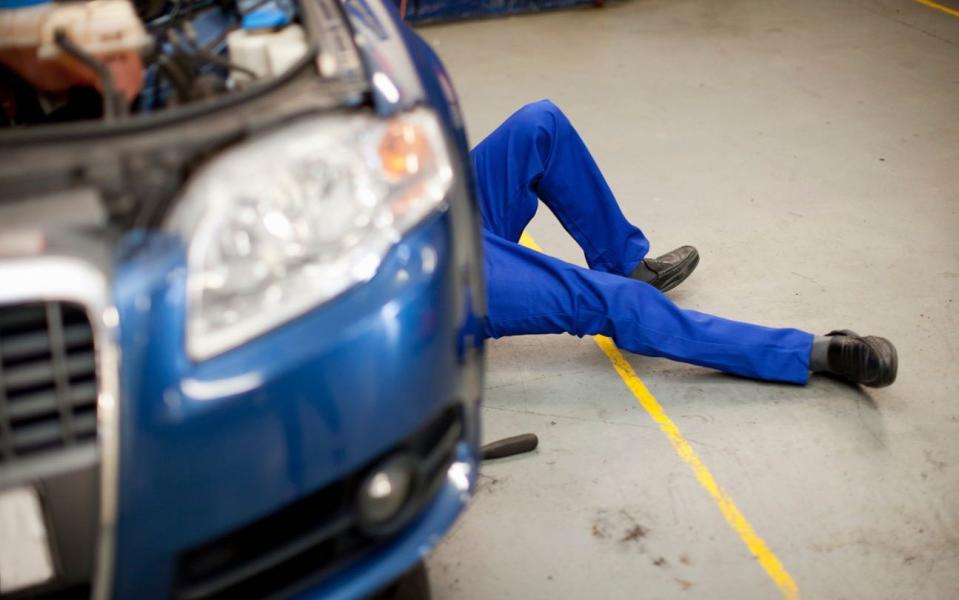
But don’t just settle for a couple of services; make sure the evidence shows the car has been maintained properly, in accordance with the manufacturer’s recommendations – that means checking it’s been serviced based on mileage, if the driver’s done lots of miles, or based on time if not.
You should also find out whether the car you want to buy has a timing belt, because if it has, this will need replacing on a regular basis too. And with that in mind, you’ll want to know whether it’s been done recently – because if it hasn’t, and it’s due, it could be a costly expense you hadn’t foreseen.
Ask to see the registration document
One cardinal rule of car buying is to ensure you see a V5 registration document before you hand over the cash. If the seller tells you they’ve lost it, or gives you any other excuse, proceed with caution, because it could be a red flag sign the car’s been stolen. After all, a registration document is easily replaceable these days, as long as you’re the registered keeper.
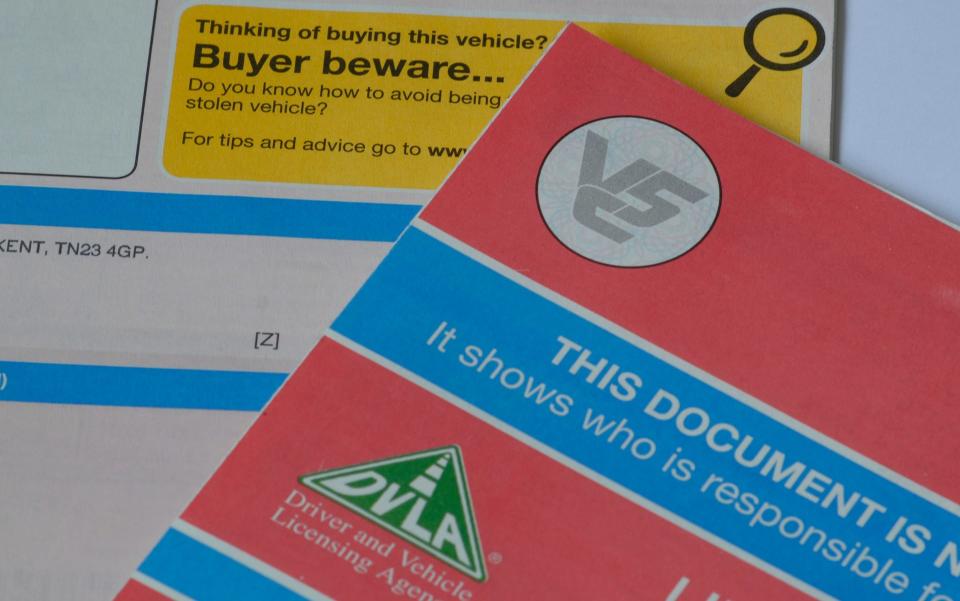
But over and above this, you’ll want to check certain details on the log book to ensure they match – the registration number and vehicle identification number (VIN) in particular. Look for the car’s VIN plate, which is usually visible through the windscreen or under the bonnet, and if the VIN doesn’t match the one on the registration document, or there are signs it’s been tampered with, walk away.
Check everything comes with the car that should
Unscrupulous sellers sometimes remove items like the spare wheel or tool kit to make a quick buck by selling them separately. So you’ll want to double check that they’re still in the car – usually, you can find them under the boot floor. The same goes if the car wasn’t fitted with a spare wheel from the factory, but instead came with a puncture repair kit; check the manual if you’re not sure where it’ll be stored, and make sure it’s still there.
Make sure you’ll fit
This isn’t just about checking you can get comfortable in the front seat. Don’t forget to check the car you want to buy is big enough to take everything you need.
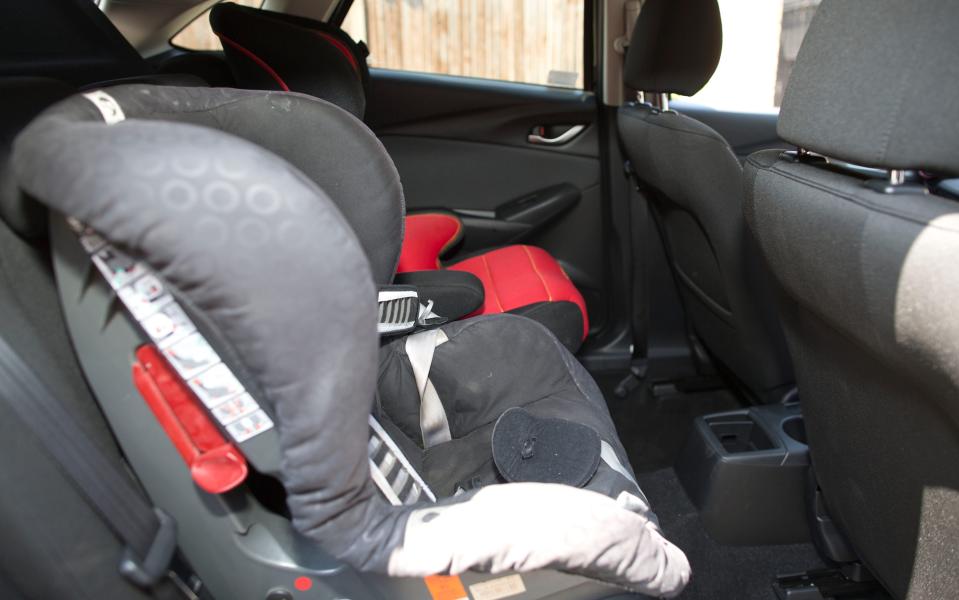
For example, check child seats will fit in the back seats (and find out where the Isofix fixings are if you need them); make sure any larger items of luggage or sporting equipment you need to carry regularly will fit in the boot, and bring the dog along to ensure it isn’t going to be cramped.
On the test drive
Drive a few first
Before making a decision, it’s a good idea to line up a few examples of the same car to test drive. That way, you’ll get a feel for the model and you’ll be able to spot when it doesn’t feel right. It’ll also give you more chances to see which engines or specifications you like, and to learn whether there’s a particular item of equipment you don’t want to be without.
Turn down the radio
Make sure the first thing you do when you get in the car for a test drive is to turn the radio down, or better still, off, so that you can hear the car alone. And if the salesperson is a distraction, don’t be afraid to ask them to quieten down a little so you can listen to the car for odd noises.
Trust your senses
Working out whether there’s something wrong with a car on a test drive isn’t always easy, but by looking, listening and feeling while you’re driving the car – rather than having a conversation with the salesperson – you might pick up something that seems off.
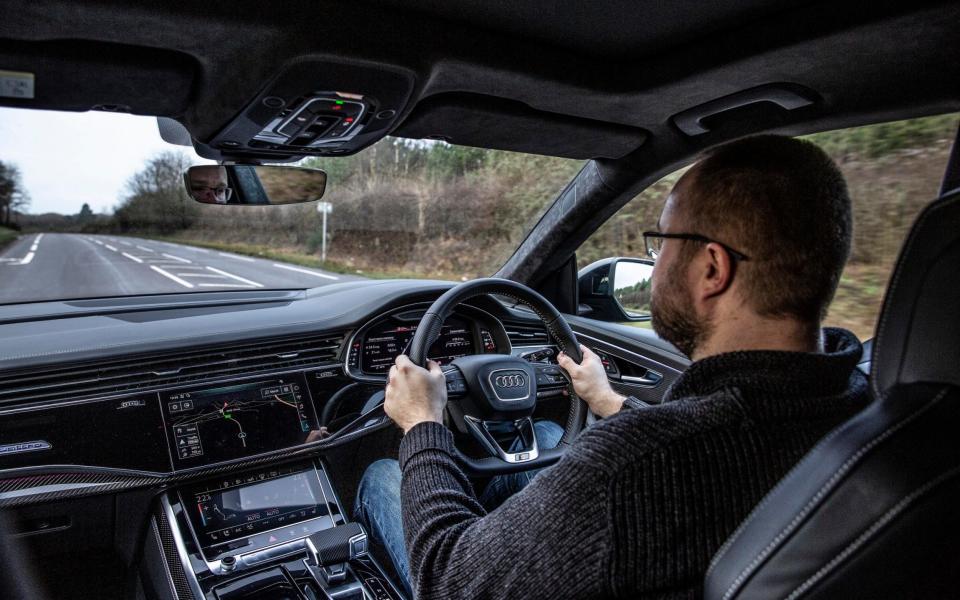
Whether it’s a knock from the suspension or the engine, a wobble to the steering, a notchy gearchange or smoke coming from the exhaust, don’t write it off – it could be a sign of a serious problem that will cost you lots of money to fix further down the line. So listen to your gut if it’s saying something isn’t right.
Aftersales care
Check the warranty
Most dealers are required to offer at least a three-month warranty on a used car these days; some of them offer more. However, it’s important to read the small print yourself to check the warranty provides cover you’re satisfied by; quite often, smaller or ancillary items aren’t covered, and that means you might be left with a big bill when you least expect it.
Know your rights
Before you even start looking for a car, make yourself aware of your consumer rights as a car buyer; most of the time, if you’re buying from a dealer, there are legal protections in place that will help you if you realise further down the line that you’ve bought a dud, and if that turns out to be the case, you’ll thank yourself later if you’ve read up on what you can and can’t do. This is especially true if you’re buying a car online or via click and collect.
For new and used buying guides, tips and expert advice, visit our Advice section, or sign up to our newsletter here
To talk all things motoring with the Telegraph Cars team join the Telegraph Motoring Club Facebook group here

